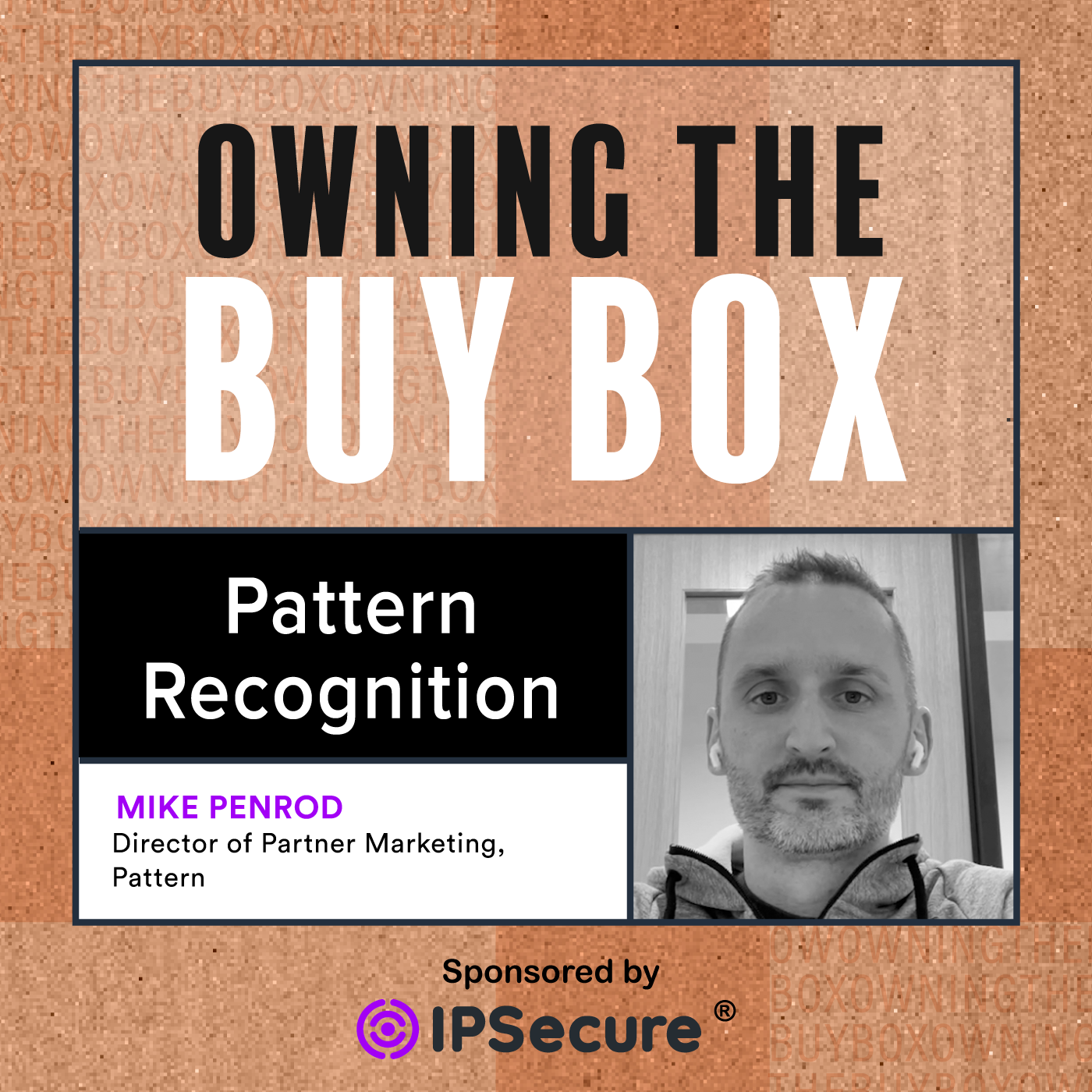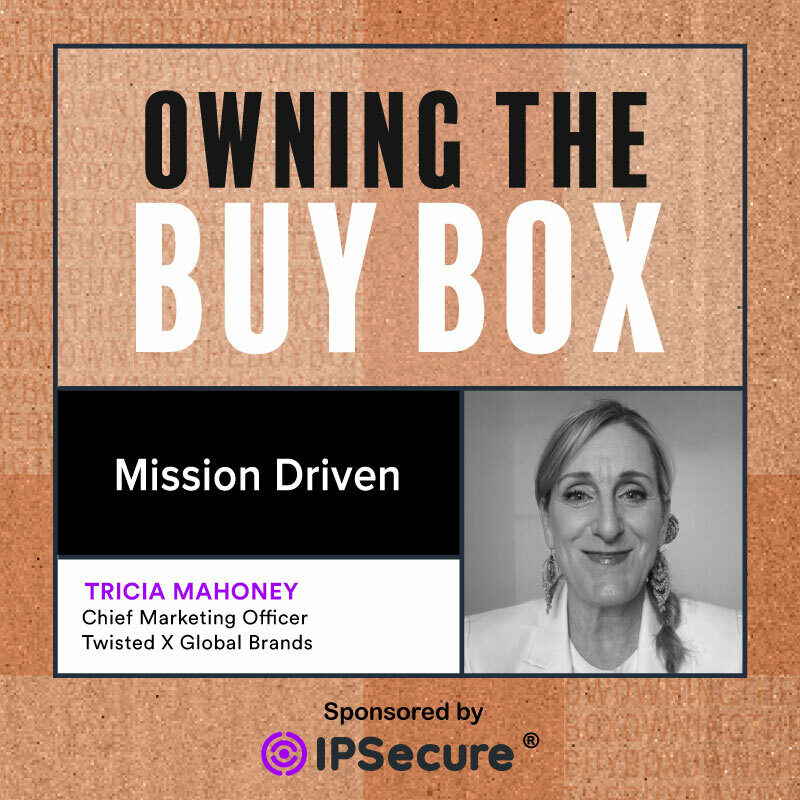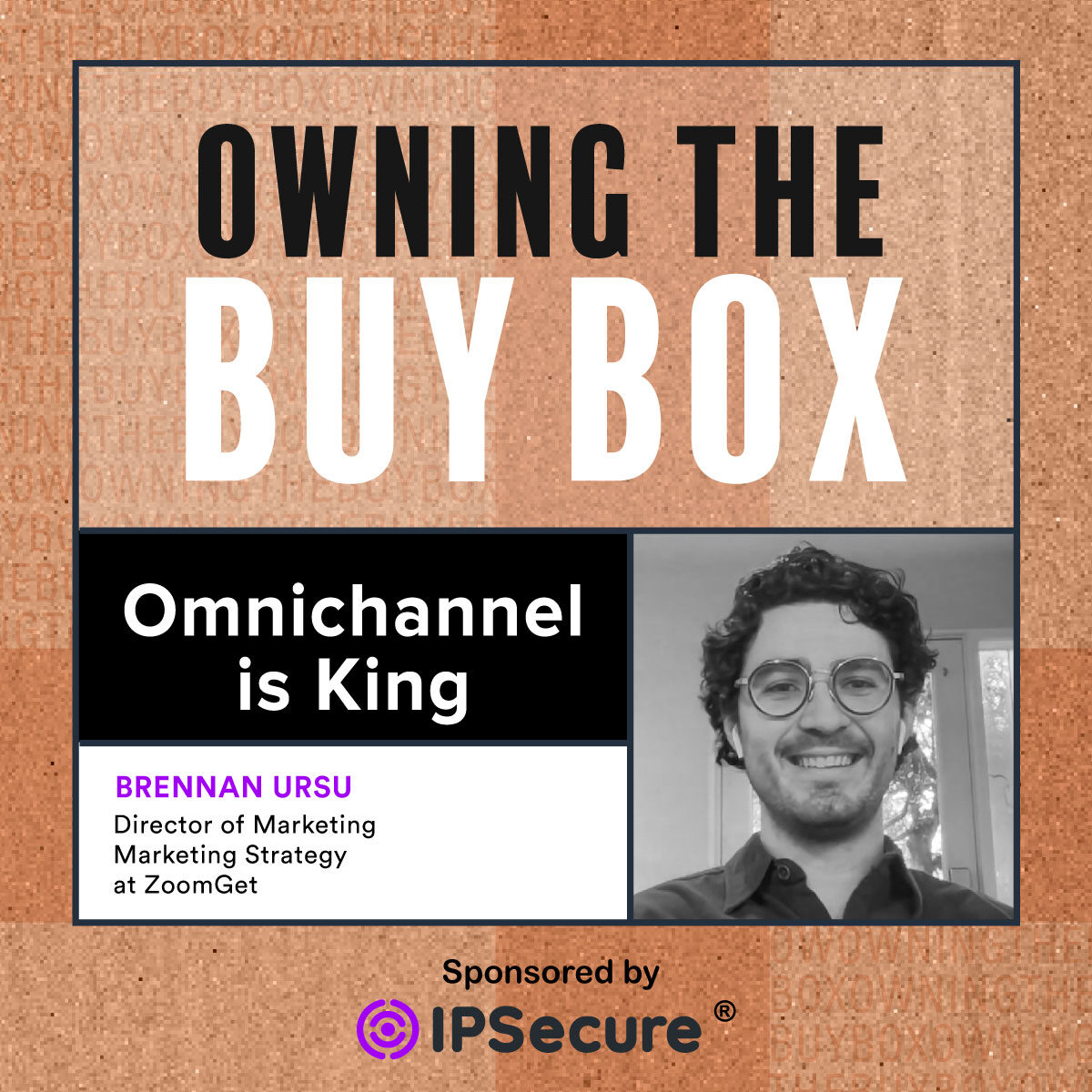4 min read
Is Amazon Minimum Advertised Pricing, aka Amazon MAP pricing, worth the potential strife, and what does it take to regain the buy box once lost? You may need to risk ruffling a few reseller feathers to protect your brand on Amazon.
This week, Jessalynn Henry, former Head of E-commerce and Brand Management at NewAir, shares her insights on growing brand affinity, the importance of Amazon MAP pricing and some of the avoidable ways people lose the Amazon Buy Box. Jessalynn knows the ins and outs of the Amazon marketplace and emphasizes the importance of brand management when working with wholesalers.
Join us as we discuss:
- How Amazon minimum advertised price can help brand affinity and management
- Primary reasons brands lose the Buy Box
- How hybrid selling impacts your Buy Box
How Amazon MAP pricing can help brand affinity and management
In the early days of Amazon, minimum advertised price was not a consideration. Manufacturers would learn through trial and error the benefits of setting guidelines around price advertisements from resellers.
Regulating pricing protects the reputation of a brand and reduces risk. The trouble starts when manufacturers are not protecting their brands — Jessalynn ran into several challenges at NewAir with wholesalers taking advantage of sales and abusing resale policies.
“We would have wholesalers who would buy up a lot of our product when they were on sale, then they would turn around and sell those and beat us out at the buy box because we weren't running that sale anymore,” she says.
With their products bleeding into unauthorized sellers on Amazon, NewAir jumped into action in the form of a reseller agreement issued to all of their wholesalers with requests for signatures.
Although this inspired some ire from partners, the pros far outweigh the cons in terms of providing consistent quality and maintaining brand affinity.
3 Primary reasons brands lose the Buy Box
With all the changing policies, unauthorized sellers and counterfeit products, it’s no wonder that brands risk losing their Buy Box regularly.
That said, there are a few easy-to-address pitfalls:
1. Missing promotion opportunities
Engaging with select promotions can help brands regain the Buy Box and stay on top, provided they pay careful attention to how those promos affect their margins.
2. Not maintaining up-to-date listings
Ensuring all listings are accurate, updated and consistent supports A+ content and avoids confusing messaging.
3. Ignoring competitor data
Keeping an eye on competitor data helps brands make informed decisions around pricing, shipping costs and more.
Addressing these three common missteps can significantly impact the chance of maintaining or regaining the Buy Box across categories.
How hybrid selling impacts your Buy Box
Whether or not hybrid selling is a good fit for a brand depends entirely on product shelf-life and if it makes sense across the margins. In-person and digital selling can work well together but requires extra considerations.
“We’re constantly on the phone with Amazon making sure that we are staying up to date on how to make those two things melt together — how to make them complimentary, not competitive,” Jessalynn says.
The last thing we want is to compete with ourselves for the Buy Box and juggle counterintuitive strategies. Making sure hybrid costs are worth it for the brand and ensuring margin fit are non-negotiable practices when venturing into hybrid selling.
To hear this episode on Amazon MAP pricing, and many others, you can subscribe to Owning the Buy Box Podcast on our website, Apple Podcasts, Spotify, or just search for Owning the Buy Box in your favorite podcast player.



